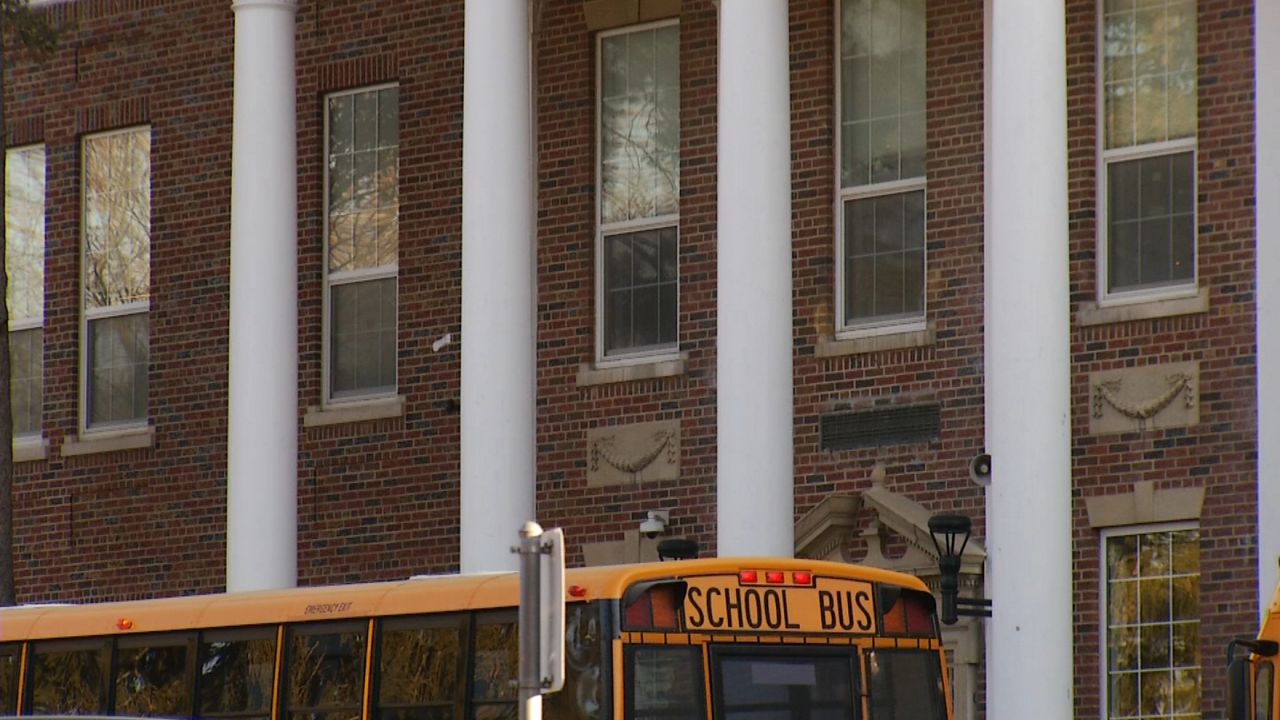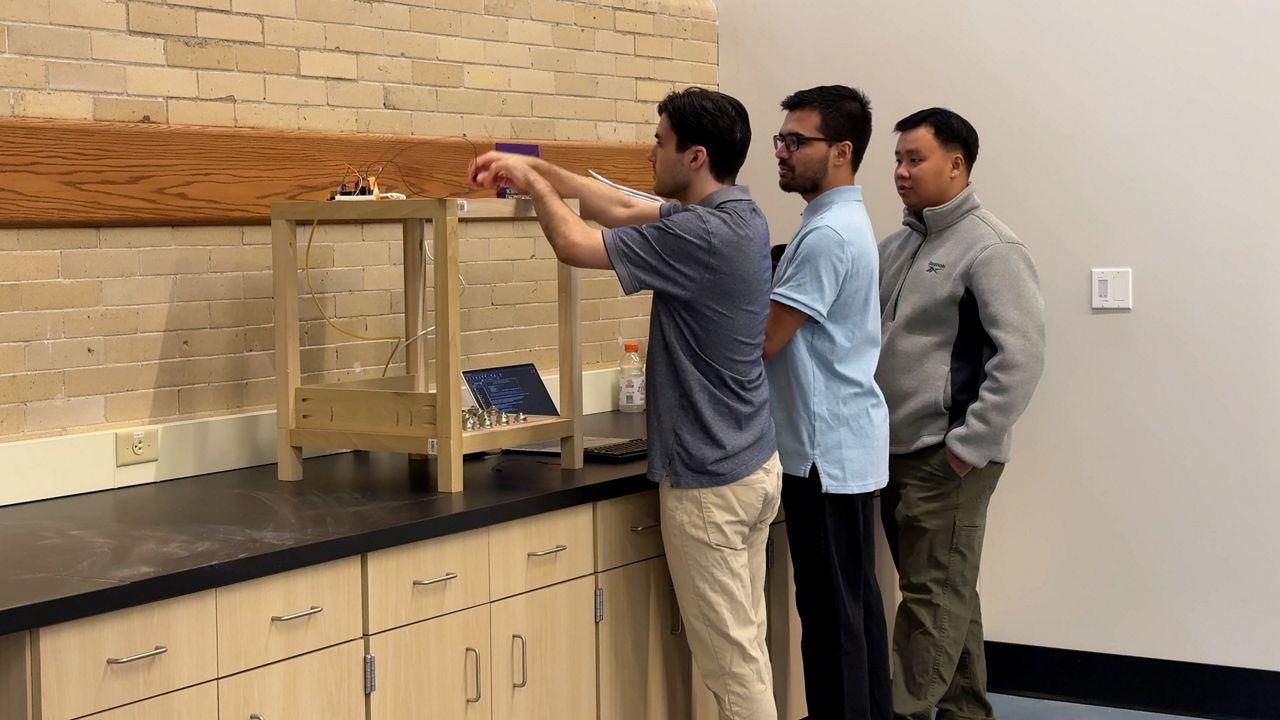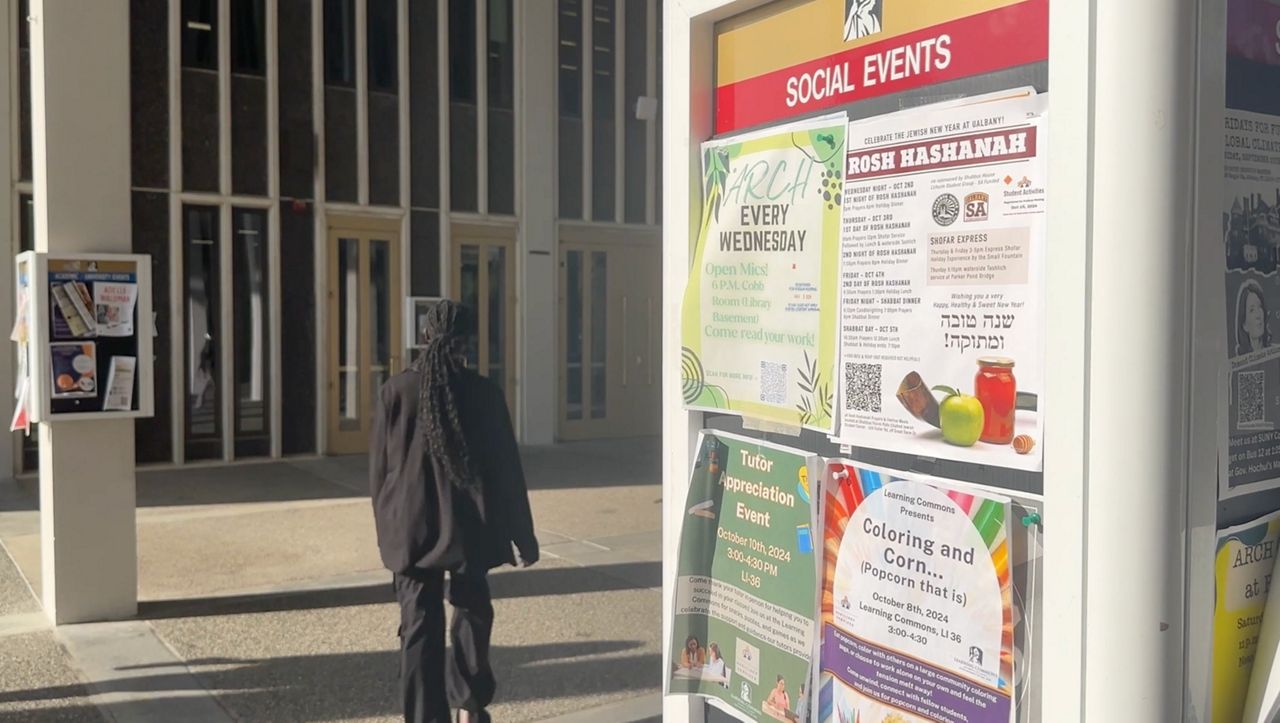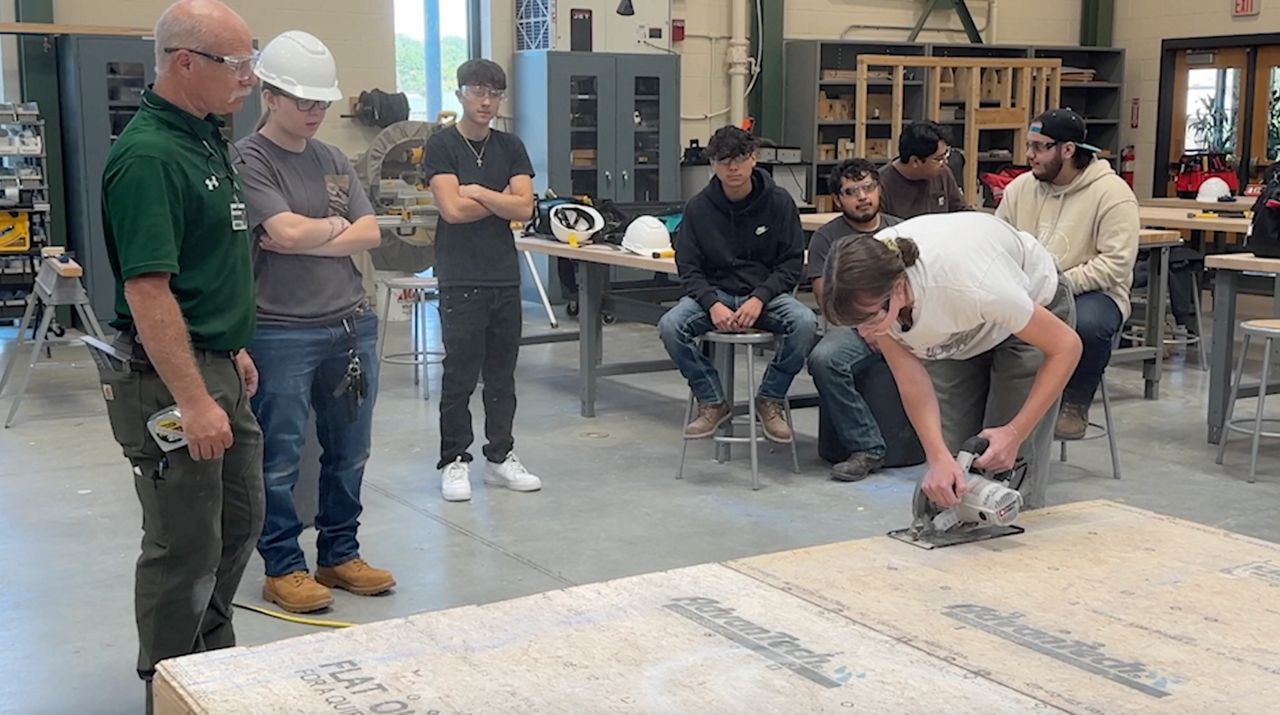On Saturday, Rensselaer Polytechnic Institute hosted the Capital Region Science and Engineering Fair. The competition featured nearly 100 junior high students competing and presenting their work to scientists and faculty. The top three students will travel to the New York State Science Congress, an event featuring all New York state regional science fair winners.
It is common for students to work with professors or research scientists at Greenwich Central School.
"And their [research] projects tend to be longer,” science teacher Nicole Dixson said. “So they might work for two or three years on their various research projects, leading to competitions and publications, potentially."
Many students presented unique and scientifically valuable projects, such as Tejas Jacob who represented Antwerp Middle School, who chose to do his project based on his love of planes.
"It's kind of amazing that a 600-ton object can lift off into the air and stay there for some time,” Jacob said. “There are four forces that act on an airplane during flight thrust, which is generated by the expelling fuel backward.”
In terms of math, these students may be the exception. According to recent data from the National Assessment of Educational Progress, student performance dropped significantly from 2019 to 2022. The findings can be attributed to the use of hybrid and virtual learning models during the pandemic.
“There’s the fourth through eighth grade shifts in standards which has shown some discrepancies in our learning,” according to Dixson. “There is also the COVID interaction. So these tests are indicators. They are used for measurement of how well our students are learning.”
New York’s average scale scores remained steady for eighth-grade reading. However, the number of points they earned in eighth-grade math increased by six points. For fourth grade, both reading and math scores dropped, with losses in average scale scores being double the national average. New York's decline in fourth grade exceeded 45 other states in math and 38 states in reading.
“I think with less contact and less interaction with the teachers, it has been harder for students and we have seen some declines, but our students are resilient,” Dixson said.
The state of New York was allocated over $15 billion in emergency education aid during the pandemic from the federal government. This included $14 billion from three rounds of Elementary and Secondary School Relief Fund assistance. These funds must be used by September 2024, and New York’s school districts have spent roughly 40% of the funds so far.









